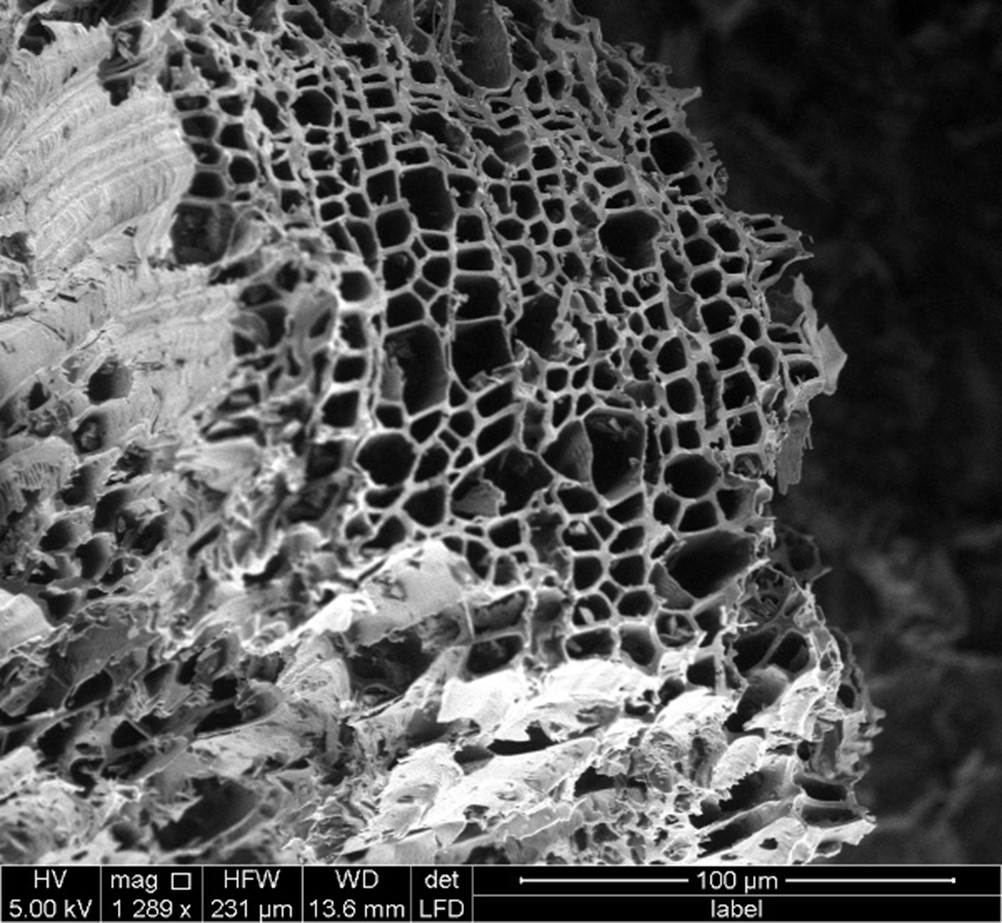MRX特刊征稿|Biochar-Based Materials

特刊详情
客座编辑
- Marta Marmiroli,意大利巴尔马大学
- 王兵,贵州大学
- 王圣森,扬州大学
主题范围
Biochar retains in its ultrastructure many of the by-products derived from the processing technology, the latter may differ substantially depending on the production process and by the operating settings used. Hence, for a safe use of biochar in soil, all the properties of biochar must be evaluated to provide a complete characterization. Biological and physico -chemical properties of biochar can provide information about its impact on the physiological responses of plants and other soil organisms. Hence, only a complete characterization of biochar features allows to choose the more eco-friendly, sustainable, and efficient amendment with also the best ratio between original biomass production parameters and safety properties of the final product. In addition, it is worth mentioning the economic value which rises strong interest within agri-food industries and in the energy field.
Hence, this dedicated special issue is to demonstrate the recent research advances on tuneable preparation of biochars for a sustainable environment. The sub-topics to be covered within the special issue but are not limited to: biochar preparation and modification, biochar-based techniques for detoxification of toxic metals and organic contaminants in soil and water and the use of biochar for soil improvement and climate change mitigation.
This focus issue aims to collate original research and topical reviews in the fields of biochar-based materials and their applications in climate change, environment, soil improvement, water purification, etc. We hope we can welcome you as an author for this focus issue.
投稿流程
特刊文章与MRX期刊常规文章遵循相同的审稿流程和内容标准,并采用同样的投稿模式。
有关准备文章及投稿的详细信息,可以参阅IOPscience页面的作者指南。
作者可登入期刊主页进行在线投稿,先选择“文章类型”,然后在“选择特刊”的下拉框中选择“Focus on Biochar-Based Materials”。
投稿截止日期:2024年8月23日。
期刊介绍

- 2022年影响因子:2.3 Citescore:5
- Materials Research Express(MRX)采用快速出版的模式,发表各类功能材料在设计、制造、性能和应用方面的最新研究。从2020年起,MRX将转变为金色开放获取出版模式,以最大限度地传播材料科学的所有领域的研究。文章内容包括:生物材料;纳米材料和纳米技术;碳的同素异形体和二维材料;电子材料;玻璃、陶瓷和非晶材料;磁性材料;金属和合金;光子材料和超材料;聚合物和有机化合物;智能材料;薄膜等。
